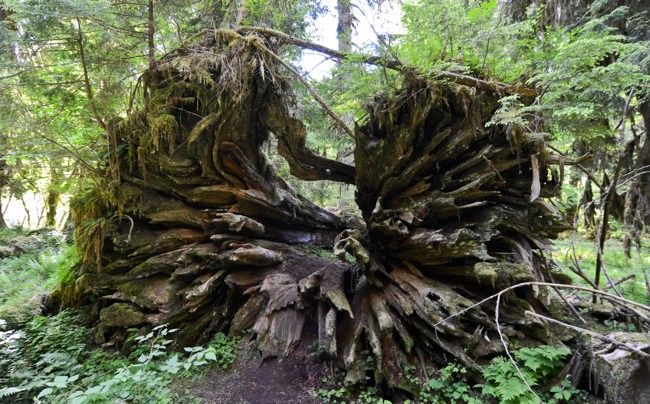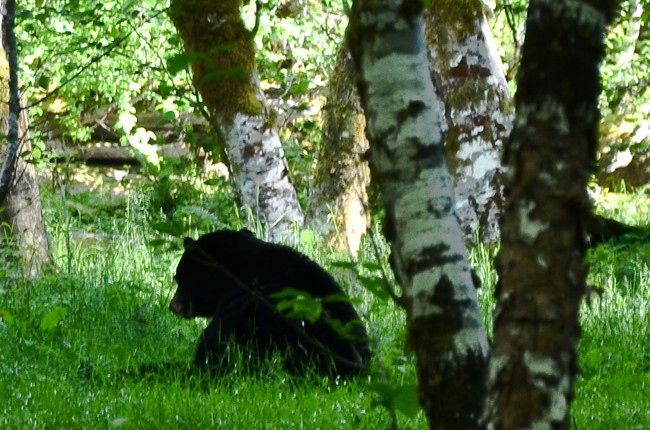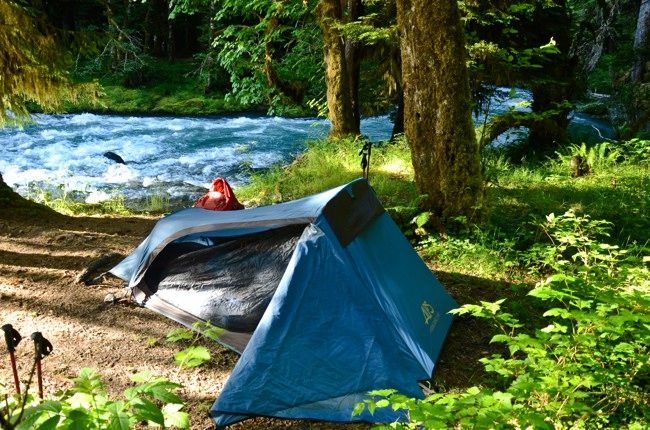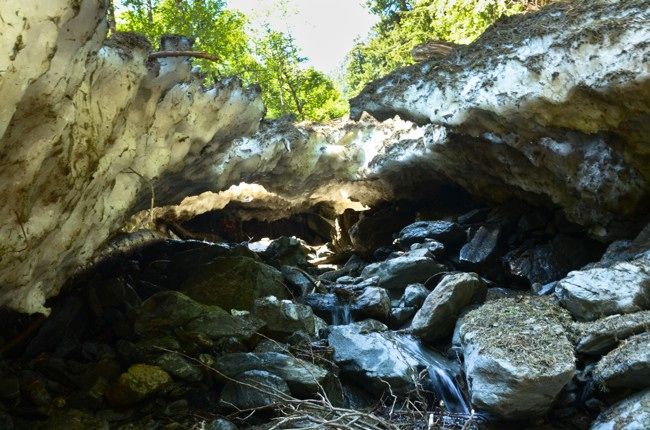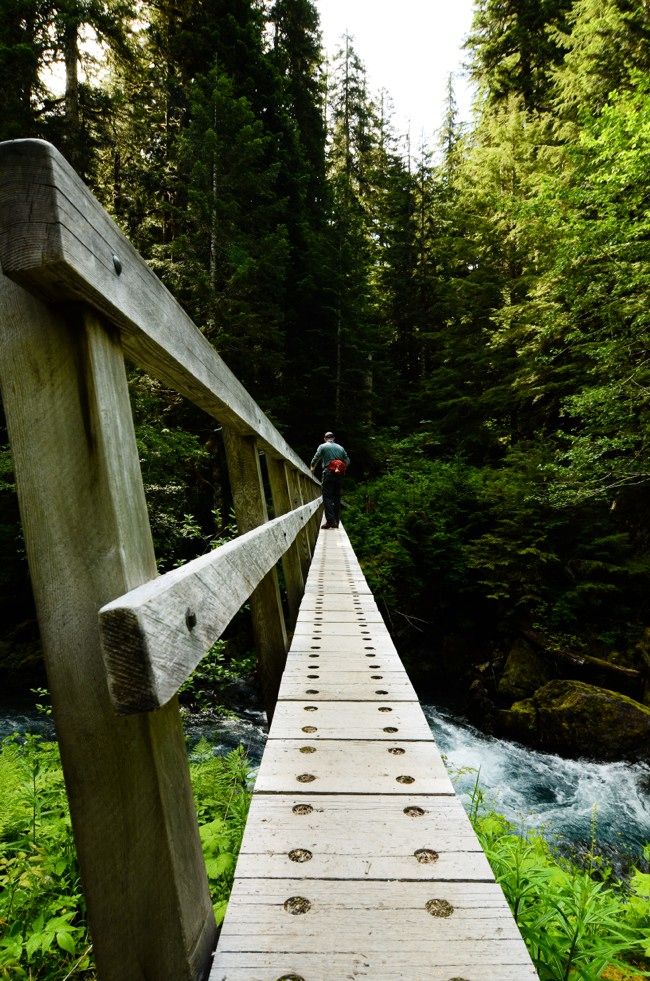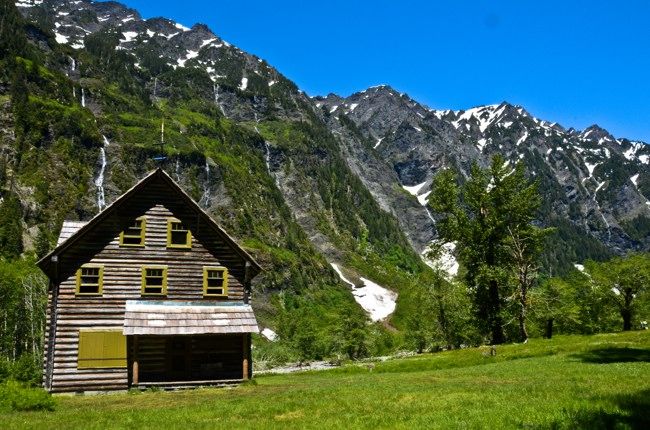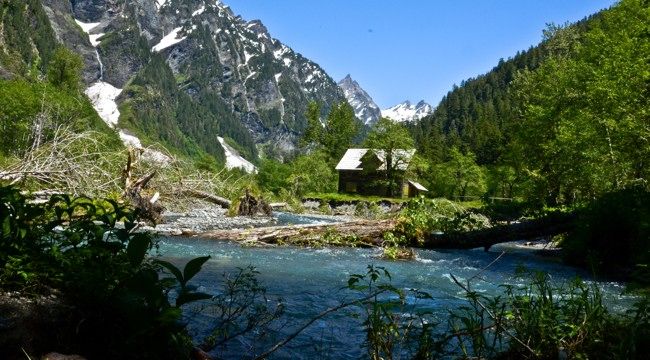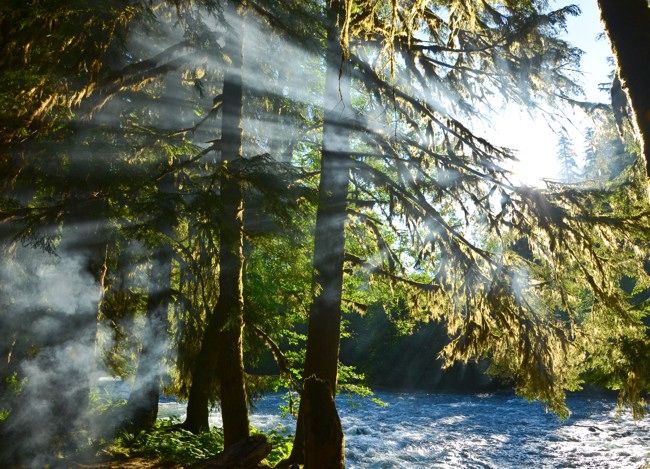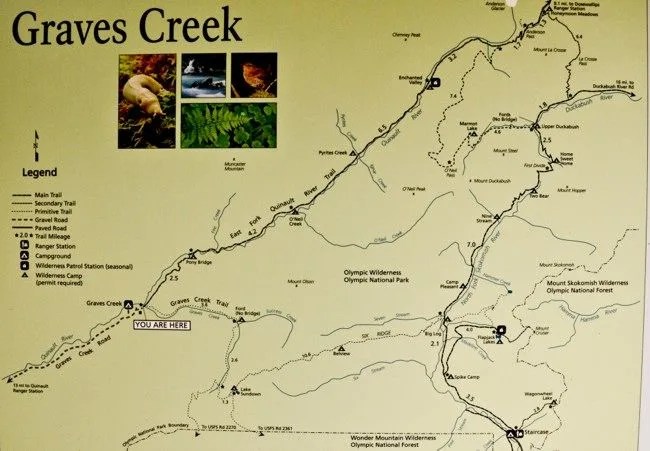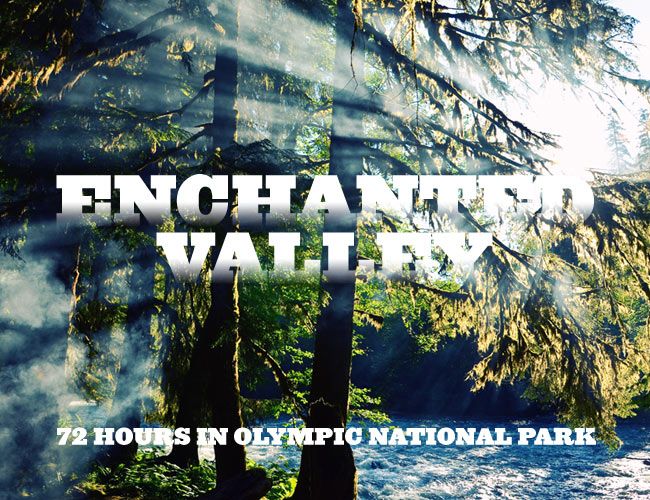 Gishani
GishaniStarting a campfire in a rainforest is no easy chore. I summoned up some backcountry knowledge gleaned from watching the Discovery Channel and gathered a handful of “old man’s beard,” the moss that droops Dr. Seuss-like from the limbs of trees. “Good tinder,” I remembered Bear Grylls saying, as I laid a healthy bed of it on some damp rocks. Forgoing a flint and steel, I opted for waterproof matches and after the third try, got a small smolder going, onto which I laced some collected twigs. It wasn’t a roaring fire but it added some warmth to our chilly campsite beside the roaring Quinault River. After nine miles of hiking, my wife and I levered off our boots and dug into our freeze-dried dinner as the sun dipped behind the snowy peaks of the Olympic Mountains in the distance.

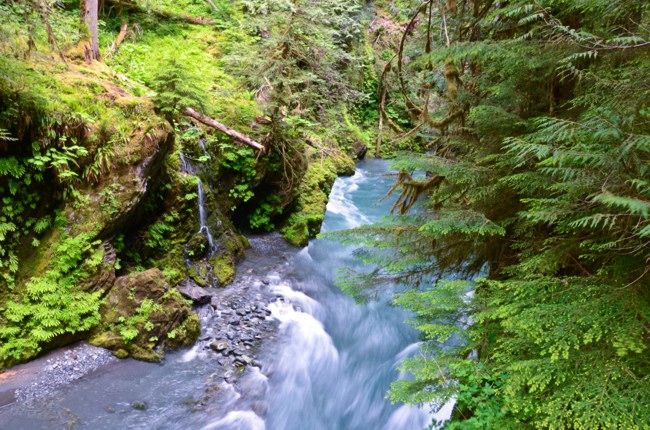
The fact of the matter is, Olympic National Park was not our first choice. After booking a July trip to Seattle, we had started making plans to hike and camp for three days in Mount Rainier National Park. But when I checked with a ranger a week before our trip, I learned that our planned route was still under several feet of snow. Plan B was Olympic. Like an appendage ready to break off of the state of Washington, the Olympic Peninsula is a wild and lush place, an ecosystem that creates its own climate. Averaging 150 inches of rain annually, it is home to the only rainforest in the continental U.S. The snowy peaks of the Olympic Mountains, the lush cedar and fern forests and the roaring glacier-fed rivers give this wilderness a primeval feel and a wonderful place to get lost for a few days.
Our plan was to hike a 26-mile trail to and from the Enchanted Valley over three days, camping at primitive sites along the way. The trail follows the East Fork of the Quinault River which meant that water would always be nearby. Fingering along a topographical map, I figured that following the river would make for flatter hiking and we set out to make the Enchanted Valley in one-day push leaving days two and three for a more relaxed pace. I was wrong. Though the elevation gain over the 13-mile one way hike is only 1,500 feet, it doesn’t take into account the amount of up and down the sadistic trail planners had built in. Clearly we were too ambitious.
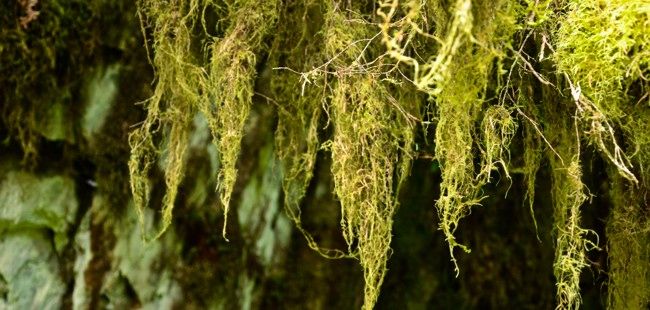
Our four hour drive from Seattle to the Graves Creek trailhead was through mist and drizzle, but the sun broke through as we shouldered our 35-pound packs and miraculously, we never once had to pull out our rain gear. Still the trail was tacky and damp and in some places muddy. Despite the 65 degree temperature, it felt like, well, a rainforest and I sweated profusely as I hiked. The scenery was out of a fairytale – every surface covered with green moss, huge evergreen trees – spruce and cedar – dwarfing the surrounding landscape and the ever-present Quinault River sluicing its way through steep canyons.

